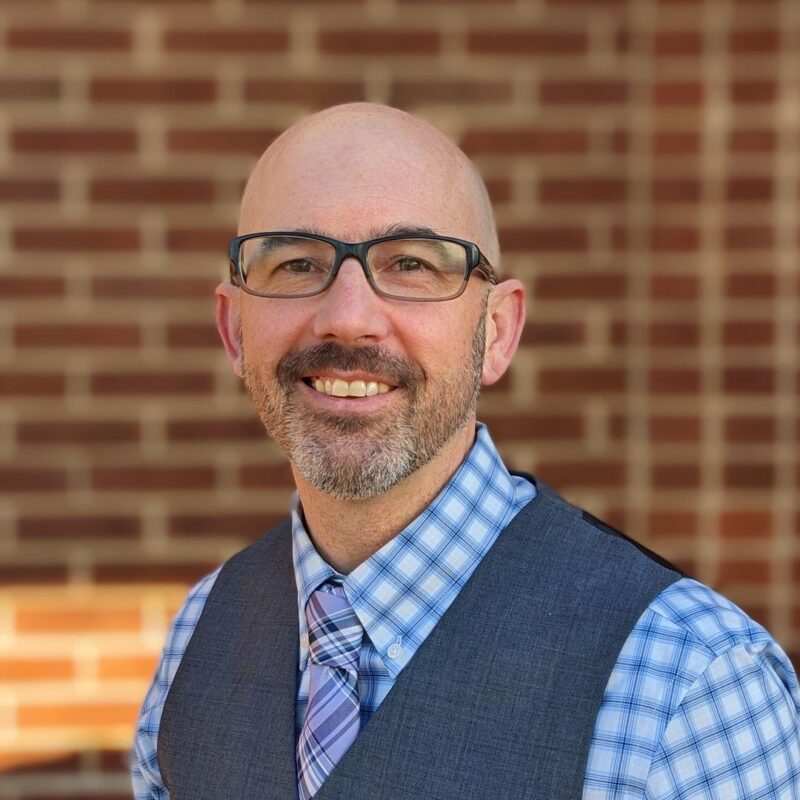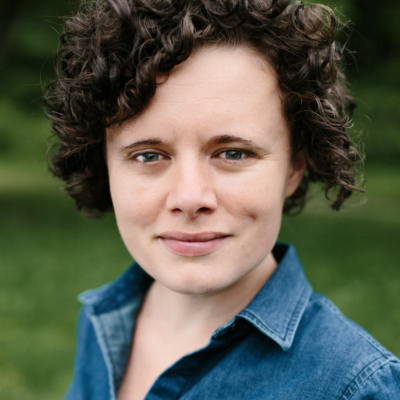In 2008, Charlottesville was designated a “medically underserved area,” a dubious distinction awarded to areas with high incidences of poverty or infant mortality, or insufficient care options. The title proved a fitting one: In 2009, the city’s infant mortality rate was 25 percent above the state average.
|
CLICK TO ENLARGE
A map shows the frequency of low birth weight in neighborhoods with 50 or more mothers without first trimester care from 1990 to 2006. A Charlottesville Community Health Center would create more medical options for low-income residents in these areas. |
Being a medically underserved area has its advantages, however. Last year, the city used its designation to apply for a grant to construct a community health center in the Frank Ix Building, near several major public housing sites. The grant, administered through the federal Health Resources and Services Administration (HRSA), would direct $650,000 for three consecutive years towards a 10,000-square-foot clinic. The site would serve an estimated 3,500 to 4,000 patients annually—including many from low-income neighborhoods that experience greater instances of low birth weight and poor maternal education.
However, recent federal budget discussions have eliminated millions in community health center funds and threaten to reduce Medicaid by $1.4 trillion during the next decade. As a result, Charlottesville’s much-needed community health center remains in limbo for 30 days while the U.S. Department of Health and Human Services finds a way to do more with less.
“What we’ve been told is that the grants have all been scored,” says Sheena Mac-Kenzie, development director for Central Virginia Health Services (CVHS), which coordinated the city’s grant and runs more than a dozen health centers. “But they won’t release grant scores until they release the money.”
Erika Viccellio, executive director of the Charlottesville Free Clinic, says that a community health center would address many needs that the clinic can’t meet, including prenatal care. Viccellio, who also co-chairs the Community Health and Wellness Coalition, says mental health and dental services also remain pressing needs.
President Obama has frequently allocated funds from the American Recovery and Reinvestment Act to community health centers, including $851 million in June 2009. However, in February, the House Appropriations Committee proposed a $1.3 billion cut to the Community Health Center program. That cut was reduced to $600 million in April, when the federal government dodged a shutdown and approved a budget for the remainder of the fiscal year.
MacKenzie says that the budget battle for Fiscal Year 2012 will be a greater fight. “If I were sitting in HRSA, I would think about how I can get the most bang for my buck,” says MacKenzie.
Much of that bang comes via Medicaid, the subsidized health care program for low-income individuals. CVHS accepts both Medicaid and Medicare, for citizens age 65 and over. However, House Budget Committee Chair Paul Ryan has proposed a budget that would transform Medicaid into a series of fixed block grants. The so-called Ryan Plan would also repeal the Affordable Care Act, which expanded Medicaid eligibility.
Last month, the Kaiser Commission on Medicaid and the Uninsured concluded that the Ryan Plan would reduce Medicaid spending by $1.4 trillion by 2021. According to the Kaiser report, federal health care spending in Virginia would drop to $35.3 billion from $55.4 billion during the next decade.
/community_health_cntr_SMALL.jpg)





